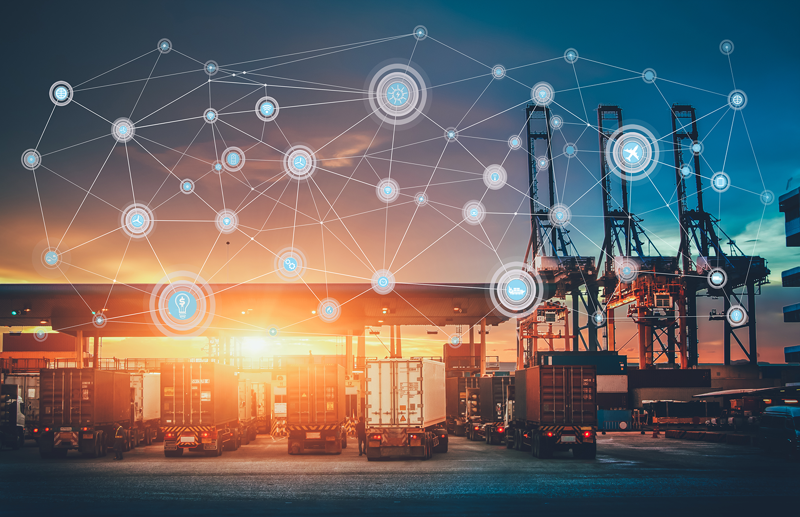Visibility. It’s a word that’s taken on significant meaning to shippers and logistics providers the world over. Traditionally, visibility has meant knowing, at any one point in me, where shipped goods are within the cargo supply chain. But is this really all that it means? Is it enough to simply know where goods are? In a landscape of increased compe on from non-traditional integrated technology and logistics players like Amazon and Alibaba, as well as rapid digital transformation within the maritime and port landside segment, the answer is: Not really. Not anymore.
In this new era of supply chain connectedness, the concept of visibility has expanded to take on additional shades of meaning. This includes the synchronous flow of information, the ability to use that information to accurately predict milestones and resource requirements, as well as gain prior warning of potential problems to proactively manage risk. The wider benefits of what we’ve come to know as ‘visibility’ has the power to dramatically improve the speed at which cargo owners can transport and manage their shipments across markets, while transforming profitability of the sector as a whole. This is done through work flow digisation, process standardisation and connection of meaningful data sets in realtime.
Our free whitepaper - Beyond Visibility: What the Next-Gen Supply Chain Means for Shippers - recently published at Port Technology, aims to explore the shifting concept of visibility in this new era of digital transformation, and what this means for the shipping and transport industries. To read more about these major themes and what they mean for your role in the container logistics supply chain, download the whitepaper today.
